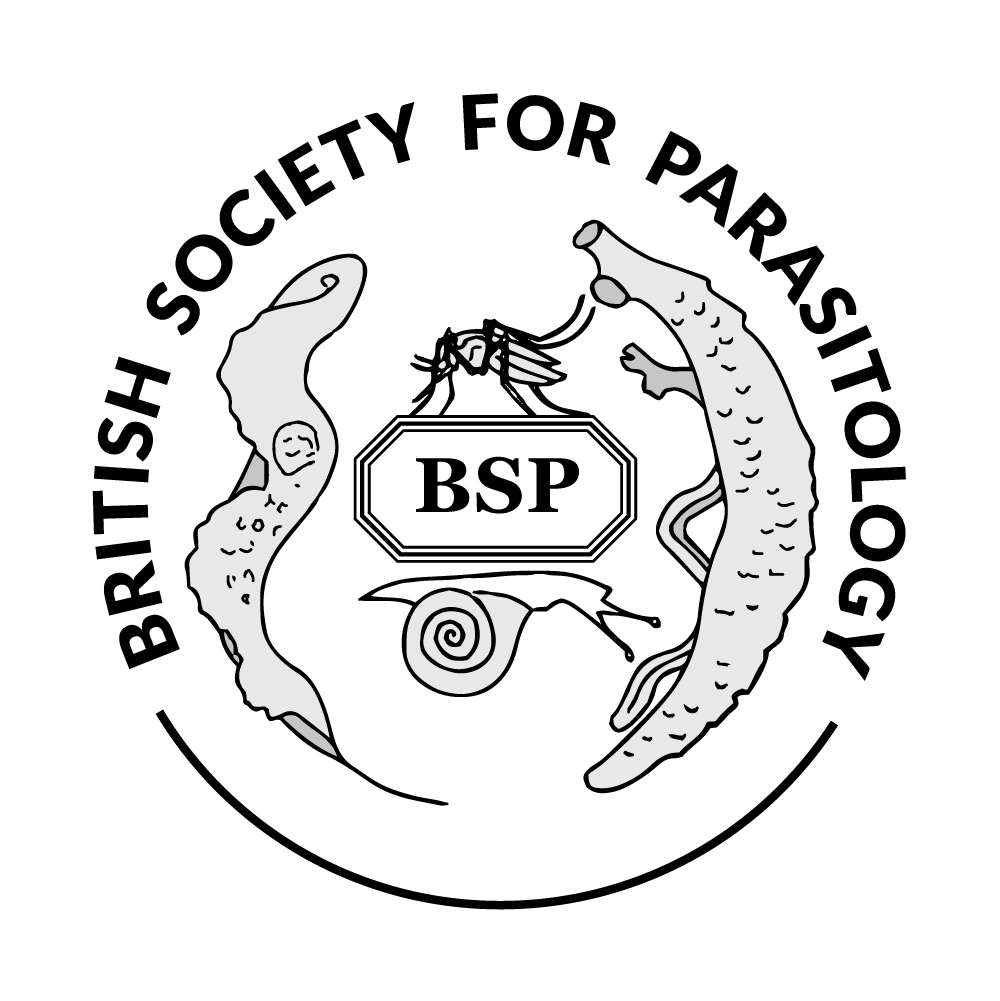Discussion
Toxoplasmosis is a global zoonotic parasitic disease affecting a wide range of warm-blooded vertebrates (including human beings) in different habitats and regions, from the Arctic to the Tropics, in terrestrial, aquatic, and marine environments. Toxoplasma gondii infections in immunocompetent adult hosts is subclinical, however, toxoplasmosis is a significant public health concern for pregnant women and immunosuppressed people. In the epidemiology of toxoplasmosis, felids (domestic and wild) play an important role as they are the only definitive host of the parasite and the main source of contamination by excreting oocysts. The main transmission source are: i) sporulated oocysts infecting environment (water, soil, vegetables and fruits), ii) tissue cysts with bradyzoites in raw or undercooked meat from parasitized animals, iii) pseudocysts with tachyzoites (congenital transmission). In addition, tachyzoites can be acquired through transfusion, organ transplantation, and/or consumption of raw, unpasteurized milk. There are several studies about the prevalence of T. gondii infection in cats by serological and coprological analysis, being the cats of highest epidemiological relevance are younger and mainly stray cats with access to intermediate hosts (birds and rodents) or living on farms. These seroprevalence studies are a good indicator of the prevalence of infection and possible environmental contamination. Despite the high seroprevalences reported, oocyst shedding studies reveal a prevalence of less than 1%. In livestock production (sheep, goats, pigs, cattle and poultry), oocysts represent the main source of infection as faeces from cats may contaminate water, soil (pastures fertilized with compost) or stored feed (hay, grain). Extensive livestock farms or farms with poor biosecurity measures (presence of cats) present a higher risk of infection. Also, as in other animal species, the risk of infection increases with age due to continuous exposure to infection. The main source of T. gondii contamination in marine environments is likely through freshwater runoff from the land. Marine animals, including mammals, birds, and fish, can become infected by ingesting contaminated water or by consuming infected prey. Filter-feeding marine organisms, such as mussels, clams, and oysters, can concentrate T. gondii oocysts from the surrounding water. If humans consume these contaminated seafood items raw or undercooked, there may be a risk of contracting toxoplasmosis. Intermediate hosts (livestock animals, in addition to birds and marine mammals) play an important role in the epidemiology of toxoplasmosis, since infection in humans and carnivores occurs through ingestion of tissue cysts from intermediate hosts. The main risk of transmission to humans is from raw or undercooked meat (lamb and pork) contaminated with bradyzoite cysts, or vegetables, fruits and water contaminated with sporulated oocysts. In fact, FAO and WHO consid
